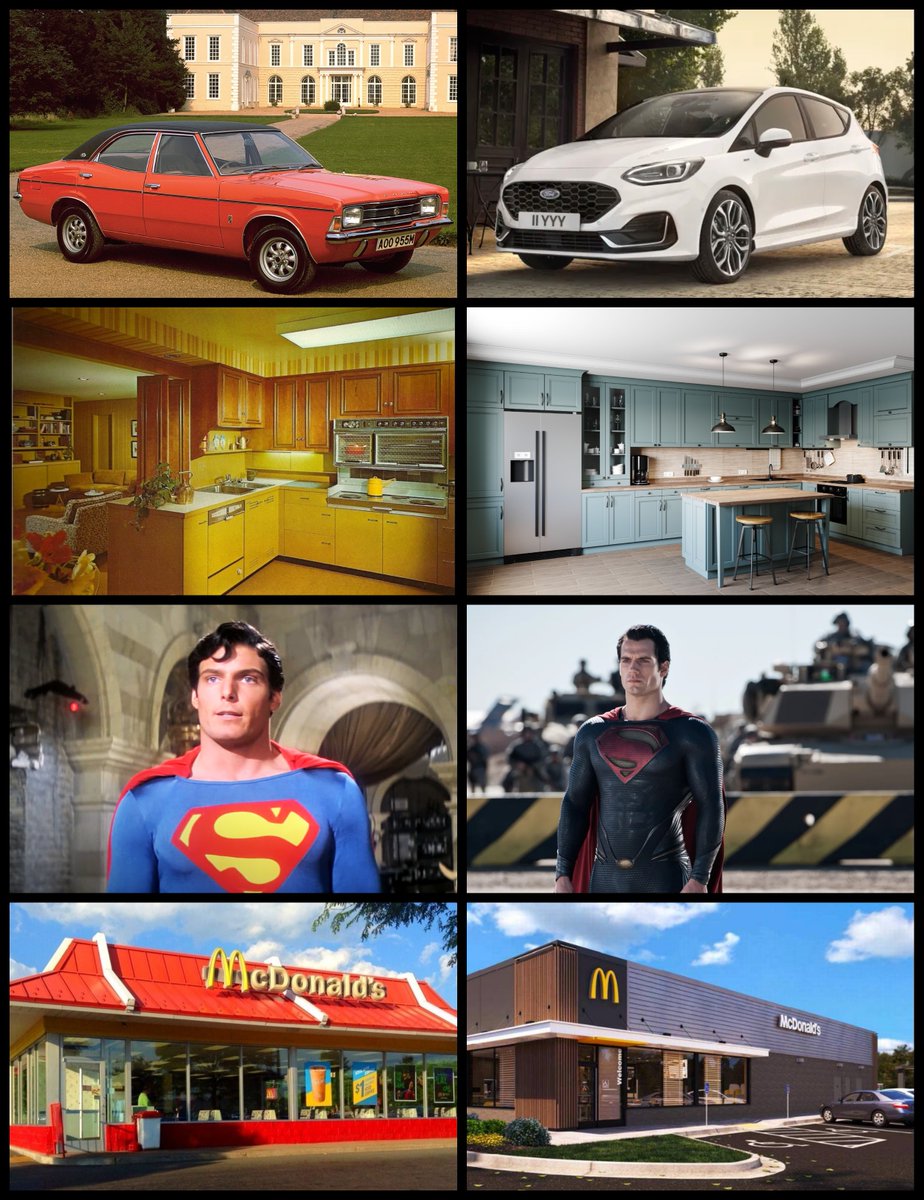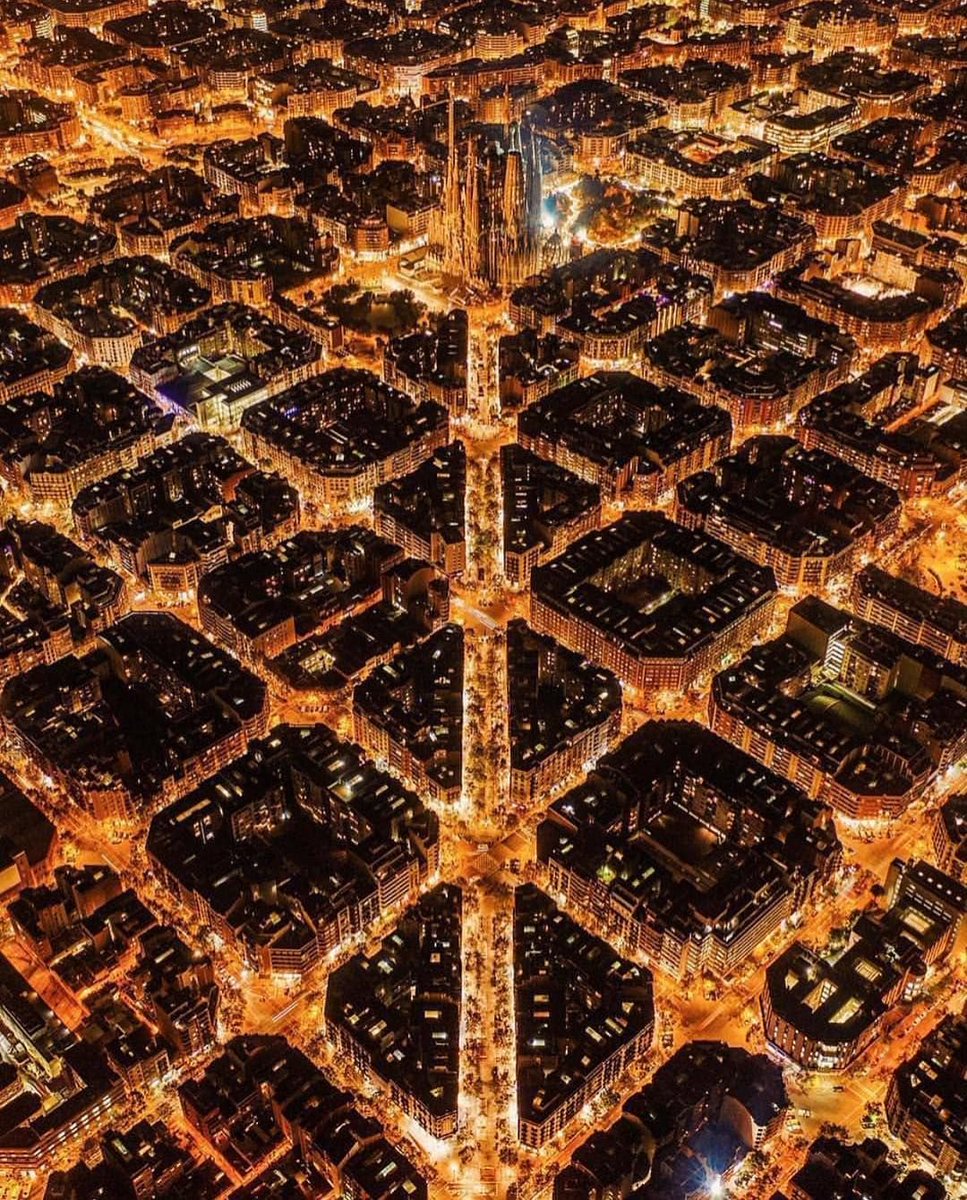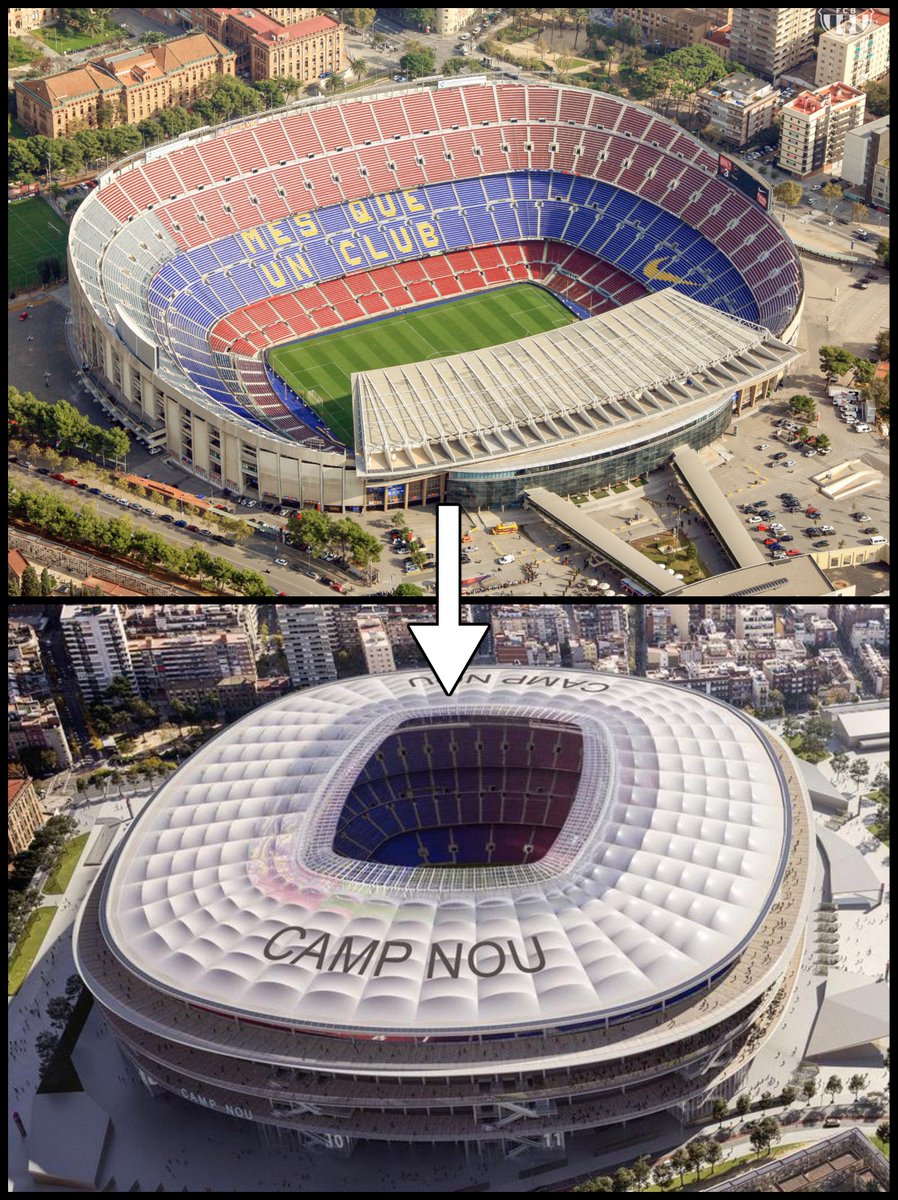Greyscale colours now make up three quarters of cars produced globally, compared to less than 50% in the past. 

This change has also happened to interior design.
These were the most popular colours of the paint brand Dulux in 2020:
These were the most popular colours of the paint brand Dulux in 2020:

Or compare a typical 1970s home to a modern designer home.
While it is wholly understandable not to miss the garish colours of bygone eras, it is interesting to note the change.


While it is wholly understandable not to miss the garish colours of bygone eras, it is interesting to note the change.


Similarly, there is a trend of whitewashing everything — be it made of wood, brick, plaster, or anything else. 

In films, too, there has been a general trend (with some notable exceptions) toward neutral or darker colours and desaturation, whether in costume and set design or colour grading. 

Some of this is related to building materials.
Concrete, steel, glass, and plastics, which dominate modern construction, are generally less rich and varied than the colours of wood, brick, terracotta, bronze, masonry, and so on.


Concrete, steel, glass, and plastics, which dominate modern construction, are generally less rich and varied than the colours of wood, brick, terracotta, bronze, masonry, and so on.


But that doesn't really explain it, because steel or plastic or concrete can easily be painted any colour we like.
It's just the case that neutral colours are the ones we now choose.
In metros, for example, what might once have been green is now, by default, white or grey.


It's just the case that neutral colours are the ones we now choose.
In metros, for example, what might once have been green is now, by default, white or grey.


It wasn't so long ago that ovens, toasters, kettles, and fridges were almost always colourful, even when made from the same materials.








So the world is becoming less colourful, for good or for bad.
The only question is: why?
Is it just a fashion which will eventually pass, or something more fundamental?
The only question is: why?
Is it just a fashion which will eventually pass, or something more fundamental?
• • •
Missing some Tweet in this thread? You can try to
force a refresh

































